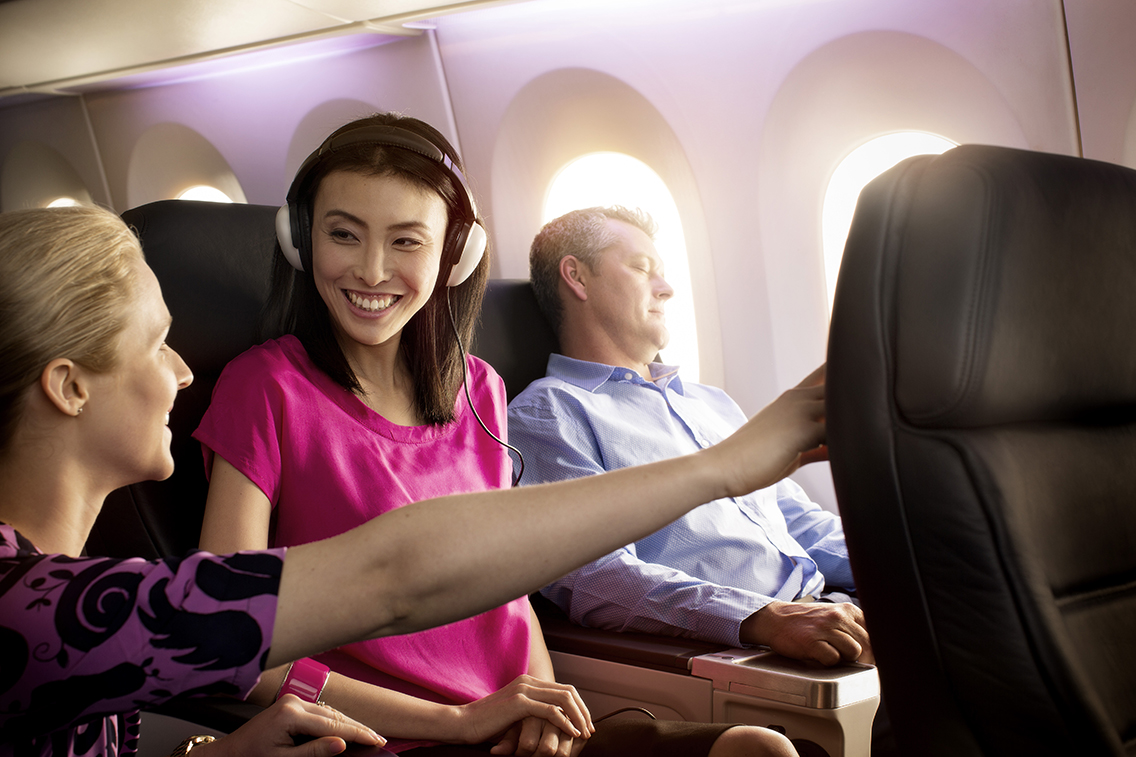Aviation and the world economy have proved incredibly resilient to shocks – whether a virus, war or financial.
Over the past 30 years airlines, which are the barometer of the world economy, have endured many shocks such as two Iraq Wars, Asian Currency Crisis, Bird Flu, 9/11, SARS 1 and 11, Swine Flu, MERS and the GFC.
Those shocks, however, have not stopped the doubling of airline growth every 15 years over the past 30 years according to the International Civil Aviation Organization.
In fact, ever since 1950 global air passenger traffic has reverted to an underlying growth path over the long term aftershocks.
SEE Boeing’s 777X test program accelerates.
According to an International Air Transport Association report, “Global Air Passenger Markets; Riding Out Periods of Turbulence, in the years surrounding the four most notable shocks to global aviation, global air traffic was well above the trend level, suggesting that the effects of each shock may be overstated.
However, each shock is different it says.
“The 1979 oil shock saw the shallowest, but longest-lasting, downturn, with the global recession of the early 1980s accounting for the persistence of slower growth until 1987.”
The relative drops in passenger traffic were deepest following the combined 2000–2001 shock of the dotcom bust and 9/11, and the 2008 shock of the global financial crisis—but in both cases, traffic had returned to its trend level within four years.

The report warns however that “while the industry has historically been able to constantly adapt its operations and business models to new challenges and external shocks, it should not be taken for granted that resilience will be always automatic.”
It says that the industry’s ability to bounce back from future unanticipated shocks will be influenced by factors outside its control, most notably the regulatory environment.
“A patchwork approach, consisting of uncoordinated country or region-specific regulations, reduces the industry’s ability to respond to shocks.
And in some areas, there appears to be a bounce back.
According to the Official Airline Guide (OAG) 2.9 million scheduled seats or 18,200 flights have been added back into the Chinese domestic market which places China back as the second-largest market in the world.
OAG says that of the 2.9 million scheduled seats returning to the Chinese market all but 3,000 are on domestic services with China Southern Airlines adding back 684,000 seats and China Eastern 566,000. Reports from industry sources suggest that the dramatic capacity recovery has led to very low fares being made available.
However, OAG says the optimism in China is not reflected in neighbouring markets where the impact of Coronavirus appears to be accelerating.
South Korea has seen a 21 per cent reduction in capacity and Hong Kong a further 22 per cent.
Cathay Pacific Airways has been severely hit with traffic through Hong Kong down 70 per cent since the crisis hit.
Japan, however, is remaining resilient with ANA’s capacity only down by some 2.7 per cent since January and JAL by 5.3 per cent.
























